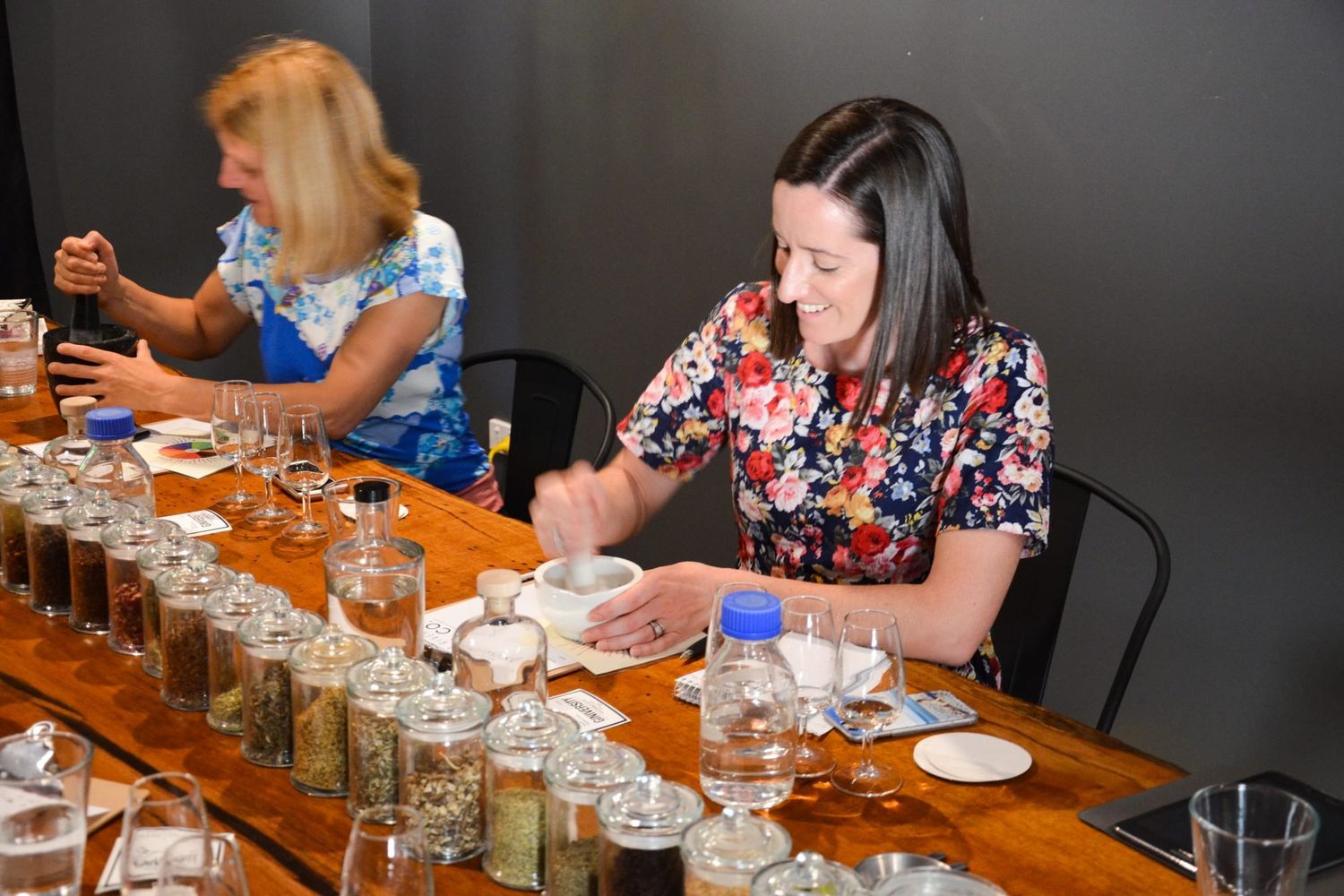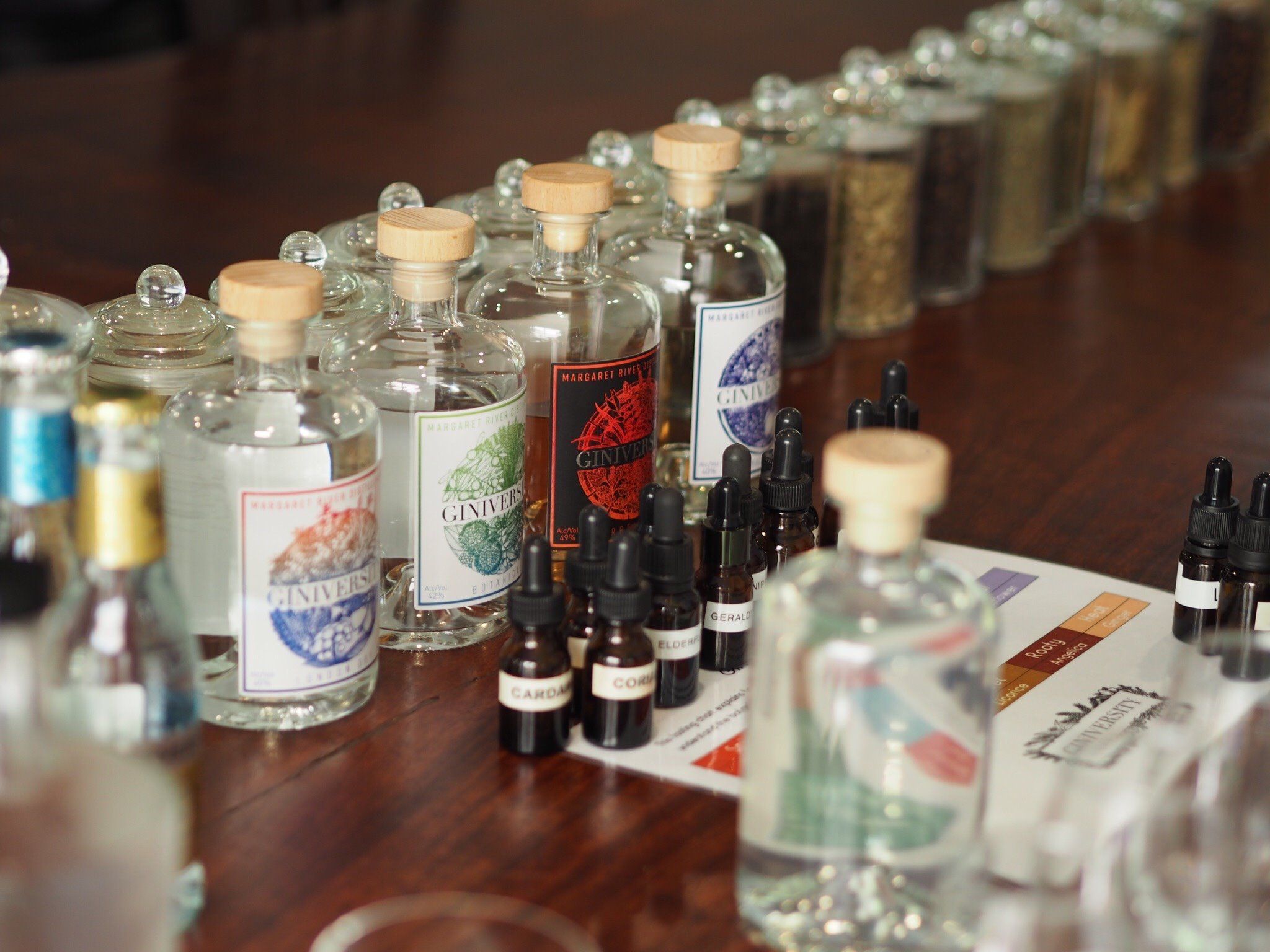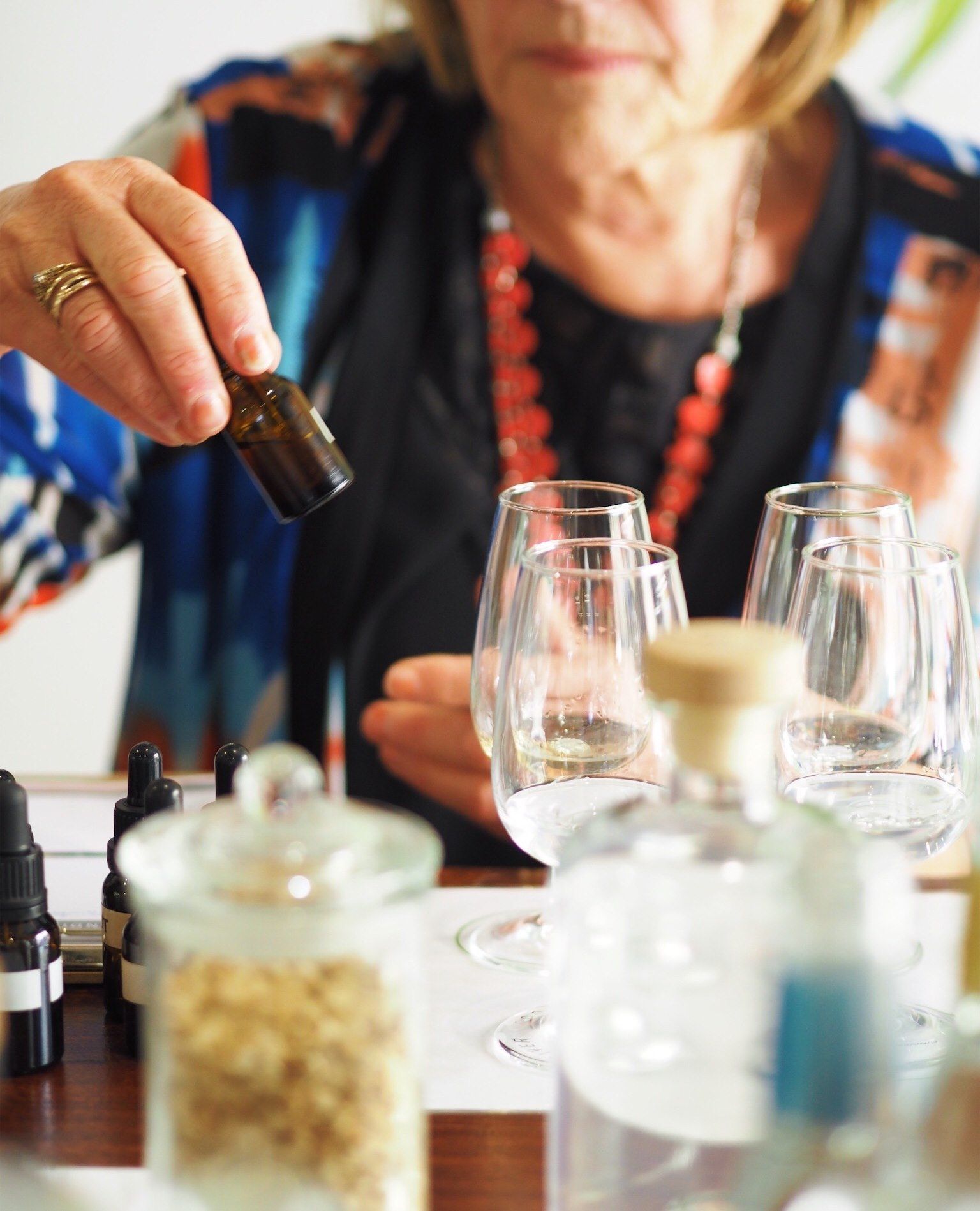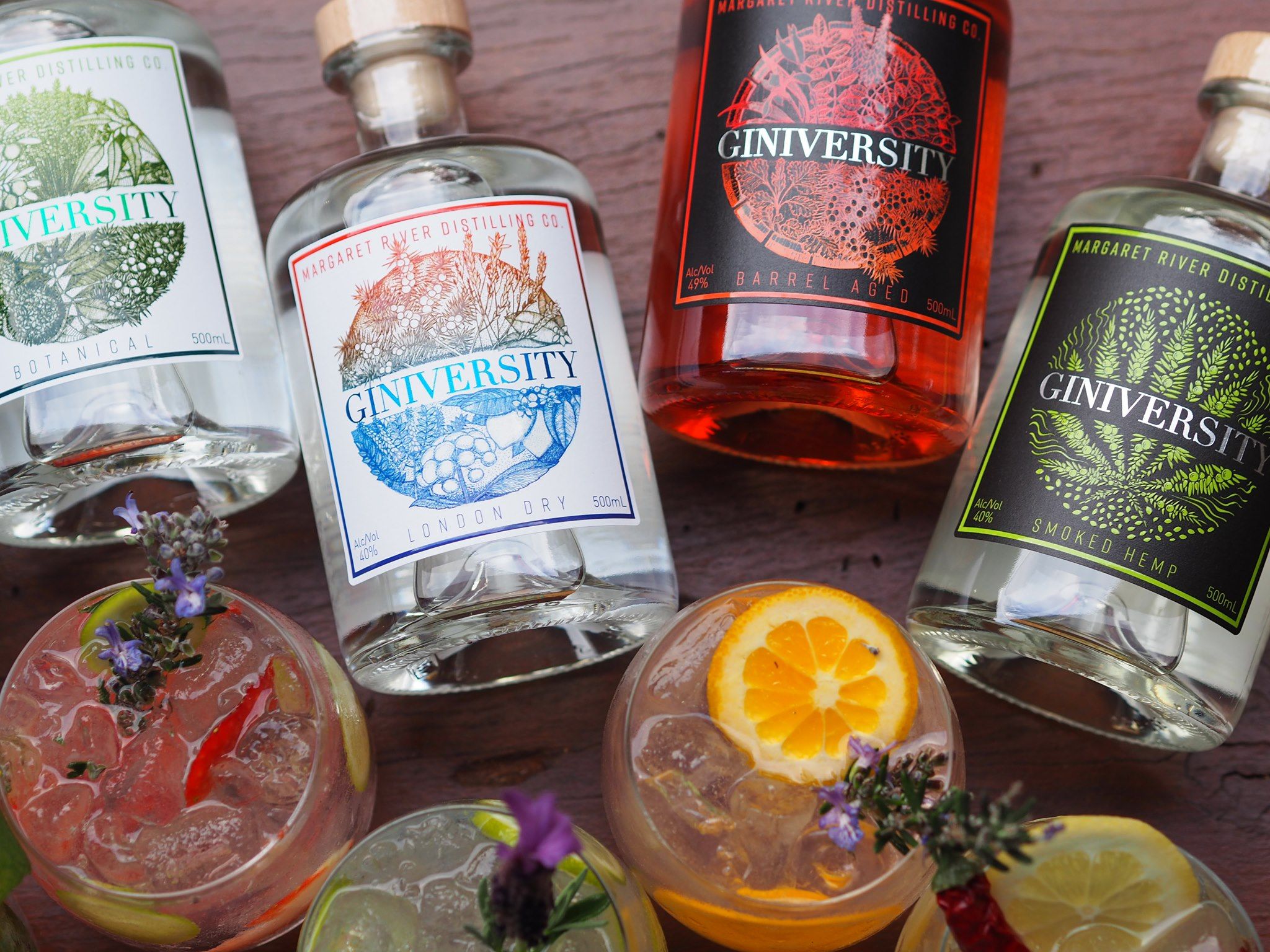A new educational institution has popped up in Margaret River – Giniversity. It’s at Margaret River Distilling Co, and you can spend an afternoon creating your own bespoke gin and graduate with a PhD in Distilling. Lizzy Pepper graduates ‘full bottle’.
I’ve always loved a gin and tonic and jumped at the chance to distil my very own bottle of gin. Margaret River Distilling Co was born out of the success of Limeburners and Tigersnake Whisky produced by Great Southern Distilling Co in Albany and the Porongorups. Founder Cameron Syme took inspiration from his Scottish ancestors and has won plenty of awards both for his excellent whisky and business nous. He’s just picked up Best Australian Single Malt Whisky at the World Whiskies Awards last month and trophy for 2017’s best craft whisky in the world at the American Distilling Institute’s annual spirits awards.
Back to Margaret River on a sunny day; the distillery is a short walk from town, across the bridge and past the river, and surrounded by Karri trees. I met my fellow students on the veranda for a gin and tonic.















